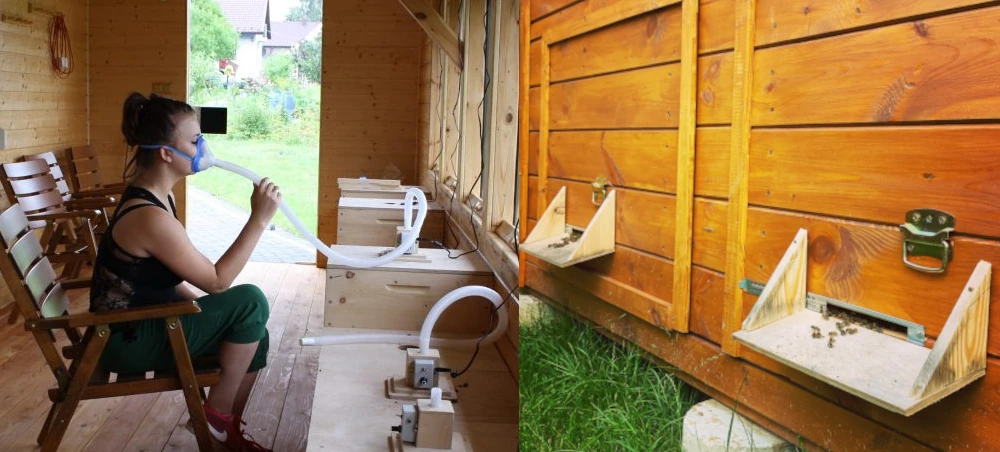Beehive air – a little-known apiproduct
nr katalogowy: 152564
10.15199/2.2025.1.2
Streszczenie
Produkty pszczele są bogate z różne związki bioaktywne, z tego względu wykorzystuje się je zarówno w profilaktyce, jak i we wspomaganiu leczenia różnych schorzeń. Jednym z mniej znanych apiproduktów jest powietrze ulowe, w którym występują liczne substancje lotne mające korzystny wpływ na zdrowie człowieka. Inhalacje z wykorzystaniem powietrza ulowego mogą mieć potencjalny wkład w leczenie chorób układu oddechowego.
Abstract
Bee products are rich in various bioactive compounds, that is why they are used in prevention and in supporting the treatment of various diseases. One of the lesser-known apiproducts is beehive air, which contains numerous volatile substances that have a beneficial effect on human health. Inhalation using beehive air may have a potential contribution to the treatment of respiratory diseases.
Słowa kluczowe / Keywords
Bibliografia
[1] Beinart R. 2019. The Significance of Microbial Symbionts in Ecosystem Processes. mSystems 4:10.1128/msystems.00127-19. https://doi. org/10.1128/msystems.00127-19
[2] Hoeksema J. D., Chaudhary V. B., Gehring C. A., Johnson N. C., Karst J., et al. 2010. A meta-analysis of context-dependency in plant response to inoculation with mycorrhizal fungi. Ecological Letters 13(3):394-407. doi: 10.1111/j.1461- -0248.2009.01430.x
[3] Latorre A., Durbán A., Moya A., Pereto J. 2011. The role of symbiosis in eukaryotic evolution. 10.1017/ CBO9780511933875.023
[4] Oliveira N. M., Niehus R., Foster K. R.. 2014. Evolutionary limits to cooperation in microbial communities. PNAS 111 (50): 17941-17946. https://doi. org/10.1073/pnas.1412673111
[5] Peay K. B. 2016. The Mutualistic Niche: Mycorrhizal Symbiosis and Community Dynamics. Annual Review of Ecology, Evolution, and Systematics 47(1): 143-164. 10.1146/annurev-ecolsys-121415-032100
[6] Peay K., Kennedy P., Talbot J. 2016. Dimensions of biodiversity in the Earth mycobiome. Nature Reviews Microbiology 14: 434–447. https://doi. org/10.1038/nrmicro.2016.59
[7] Sheldrake M. 2023. Strzępki życia. O tym, jak grzyby tworzą nasz świat, zmieniają nasz umysł i kształtują naszą przyszłość. Wydawnictwo: Insignis.
[8] Smith S. E., Read D. J. 2008. Mycorrhizal Symbiosis (3rd ed.). Academic Press.
[9] Van Nuland M. E., Qin C., Pellitier P. T., Zhu K., Peay K. G. 2024. Climate mismatches with ectomycorrhizal fungi contribute to migration lag in North American tree range shifts. PNAS 121(23):e2308811121. DOI: 10.1073/pnas.2308811121
[10] Wang B., Qiu Y. L. 2006. Phylogenetic Distribution and Evolution of Mycorrhizas in Land Plants. Mycorrhiza, 16(5): 299–363. https://doi.org/10.1007/ s00572-005-0033-6
[11] Weiner, J. 2020. Życie i ewolucja biosfery. Podręcznik ekologii ogólnej. Warszawa: PWN, 377.
